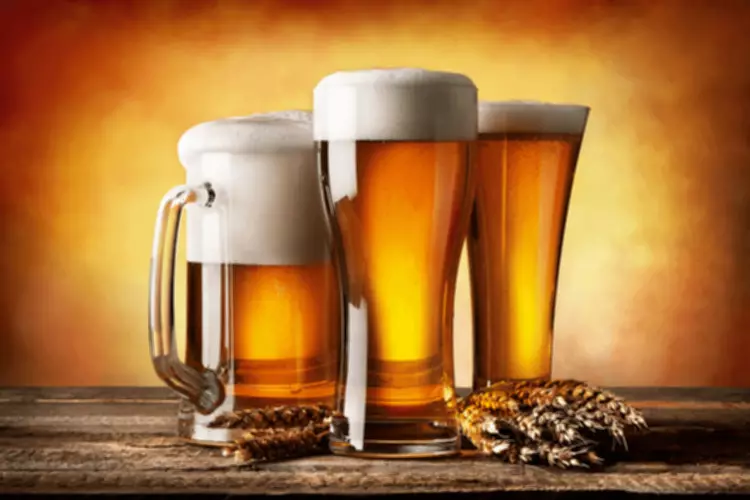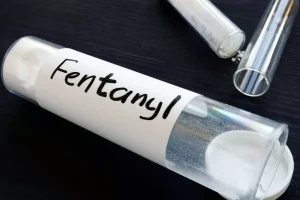
Treatment approaches tailored to each patient’s drug use patterns and any co-occurring medical, mental, and social problems can lead to continued recovery. Dr. Hendrée Jones from the University of North Carolina at Chapel Hill provided an overview of the Child Intervention for Living Drug-free (CHILD) program to treat children under age 12 for substance use problems. Dr. Jones https://ecosoberhouse.com/ explained that children are increasingly victims of drug trafficking and drug use within their families and communities, leading to children as young as 5-12 years having an SUD. The CHILD intervention was developed to respond to this growing threat. It is a global, evidence-based program with an integrated health approach, full spectrum of services, and family involvement.
Effects of Drug Addiction on the Body
Together they reflect the fact that there is no one path to addiction, and no one factor makes addiction an inevitable outcome. Addiction can’t happen without exposure to agents, but that is hardly the determining factor. Addiction is not a property of the substance ingested or activity engaged in.
If taking drugs makes people feel good or better, what’s the problem?
Use of hallucinogens can produce different signs and symptoms, depending on the drug. The most common hallucinogens are lysergic acid diethylamide (LSD) and phencyclidine (PCP). Substituted cathinones can be eaten, snorted, inhaled or injected and are highly addictive. These drugs can cause severe intoxication, which results in dangerous health effects or even death. Synthetic cannabinoids, also called K2 or Spice, are sprayed on dried herbs and then smoked, but can be prepared as an herbal tea.
Effects of Drug Addiction

Addiction is a chronic (lifelong) condition that involves compulsive seeking and taking of a substance or performing of an activity despite negative or harmful consequences. Most people who develop substance use disorder do so for a combination of reasons, including genetics and environmental factors. To locate a substance abuse mental health provider, you can use a therapist-finder tool, such as the NIAA Alcohol Treatment Navigator, or contact your health insurance for a list of in-network providers. Regardless of the treatment approach, each method offers education about addiction and recovery. This may include topics like making life changes to support recovery, being honest, seeking help when needed, and practicing self-care.
The intervention improved adherence, but the effect declined after 4 months. As a result, the program was refined further and assessed in a study comparing 100 PLWH who received the intervention with 50 PLWH who did not in one jail. Before the intervention, ART refusal rates were the same in both groups. After the intervention, refusal rates declined in the intervention group, but remained relatively stable in the control group; again, the effect was lost at 4 months after the intervention. Based on these findings, the intervention was delivered every 2 months to all new PLWH arriving at the prison, and while it had to be halted during the COVID-19 pandemic, it was resumed after the end of the pandemic.
- The Bureau of Alcohol, Tobacco, Firearms and Explosives ruled the ban applies to “a conviction for use or possession of a controlled substance within the past year.”
- Dr. Sproule then presented a newly developed tool kit delineating strategies for pharmacy professionals to address opioid stigma in pharmacies.
- Exposure to chemicals, plants, and other toxic substances that can cause harm are called poisonings.
- There are no substances (or activities) that universally or uniformly cause people to become addicted.
Medical Professionals
Behavioral addictions can occur with any activity that’s capable of stimulating your brain’s reward system. Behavioral scientists continue to study the similarities and differences between substance addictions, behavioral addictions and other compulsive behavior conditions like obsessive-compulsive disorder (OCD) and bulimia nervosa. This article will define drug addiction, outline signs and symptoms, present possible causes, and provide treatment options.
The Ripple Effect: Consequences of Drug Use and Addiction
Stress also increases the risk of mood and anxiety disorders, which are linked to addiction. When someone has a SUD and another mental health disorder, it is usually better to treat them at the same time rather than separately. People who need help for a SUD and other mental disorders should see a health care provider for each disorder.

One of the brain areas still maturing during adolescence is the prefrontal cortex—the part of the brain that allows people to assess situations, make sound decisions, and keep emotions and desires under control. The fact that this critical part of a teen’s brain is still a work in progress puts them at increased risk for trying drugs or continuing to take them. Introducing drugs during this period what is drug addiction of development may cause brain changes that have profound and long-lasting consequences. Dr. Amelie Lososová from the Charles University in Prague presented previous research on establishing quality assurance at the university level. Similarly, two projects (WAVE project and FENIQS-EU project) have been conducted in Europe, and for the WAVE project, several project papers will be published soon.
Celebrity Life

After three years of virtual meetings, the 2024 NIDA International Forum returned to an in-person format. The meeting, which was held on June 14 and 15 in Montreal in conjunction with the College on Problems of Drug Dependence (CPDD) Annual Scientific Meeting, was cochaired by NIDA International Program’s leadership, Dr. Tom Clarke and Dr. Lindsey Friend. The meeting included several plenary sessions, four breakout sessions, and an international research poster session featuring 90 posters presented by substance use and addiction researchers from 26 countries.


